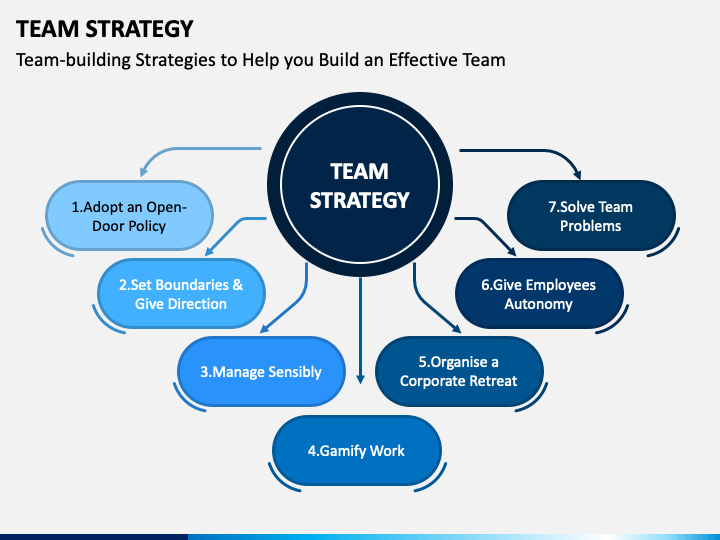Agile vs. Waterfall: Which Project Management Method Is Right for You?
In the tech industry, project management is essential for ensuring that projects are completed on time and within budget. There are several project management methodologies to choose from, but two of the most popular are Agile and Waterfall.
What is Waterfall?
Waterfall is a traditional project management methodology that follows a linear sequence of phases. These phases include requirements gathering, design, implementation, testing, and maintenance. Each phase must be completed before the next one can begin.
Advantages of Waterfall
One of the main advantages of the Waterfall methodology is its predictability. Since each phase is completed before moving on to the next, there is a clear roadmap to follow. This can make it easier to estimate timelines and budgets for a project.
Disadvantages of Waterfall
Despite its predictability, Waterfall has some drawbacks. One of the biggest criticisms of Waterfall is its inflexibility. Once a phase is completed, it can be difficult to go back and make changes without disrupting the entire project timeline. This can be problematic in a fast-paced tech industry where requirements can change frequently.
What is Agile?
Agile is a more flexible project management methodology that focuses on iterative development. Instead of following a linear sequence of phases, Agile breaks a project down into smaller, more manageable chunks called sprints. Each sprint typically lasts 1-4 weeks and results in a working product increment.
Advantages of Agile
One of the main advantages of Agile is its flexibility. Since the project is broken down into smaller sprints, changes can be made easily without disrupting the entire project. This is especially beneficial in the tech industry where requirements can change rapidly.
Disadvantages of Agile
While Agile offers flexibility, it can also be challenging to manage. The fast-paced, iterative nature of Agile can make it difficult to estimate timelines and budgets accurately. Additionally, Agile requires a high level of collaboration and communication among team members, which can be difficult in larger teams.
Which Methodology is Right for You?
Ultimately, the choice between Agile and Waterfall comes down to the specific needs of your project. If you have a clear understanding of the project requirements and little room for change, Waterfall may be the best choice. However, if you are working in a fast-paced environment where requirements are likely to change, Agile may be a better fit.
Conclusion
Both Agile and Waterfall have their strengths and weaknesses, and the best project management methodology for your tech project will depend on your specific circumstances. Whether you choose Agile or Waterfall, the key is to adapt the methodology to meet the needs of your project and team. By selecting the right methodology, you can increase the likelihood of a successful project completion.


